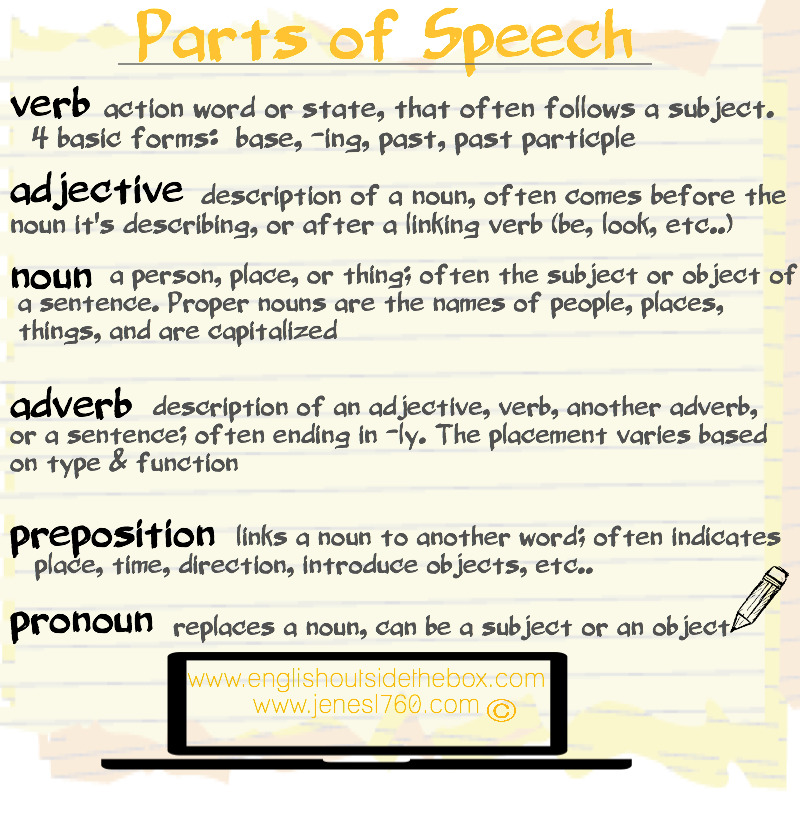

The suffix "-e" appears in every attributive form, except in singular indefinite neuter. Instead of "mooiste" ("most beautiful"), the (incorrect) periphrase "meest mooie" is now sometimes heard. Using the "meer"/"meest" periphrase with shorter words (not ending in "-st") is not correct standard Dutch, although it seems to be on the increase, likely under the influence of English. The same goes for adjectives with a base form already ending in "-st" (" vast" - "vaster" - "meest vast"). As an example, adjectives with the common ending "-isch" use the periphrase with "meest" for the superlative (" democratisch" - "democratischer"/ "meer democratisch" - "meest democratisch"). Periphrase of comparative and superlative using meer ("more") and meest ("most") is possible, but only used in some cases, especially when the resulting word would be long or difficult to pronounce.

The above holds for the positive degree, but the rules describing the use of the three forms also apply for the comparative and superlative degree that are regularly formed with the suffixes -er and -st. However, if the emphasis is on the penultimate syllable -kje results:ĭutch adjectives generally possess three forms: The plural of a diminutive always ends in -s. In many dialects the suffix -ke or -ken is also used. The diminutive is formed by adding the suffix -tje (or one of its varieties -etje, -je, -pje, -kje depending in the preceding sound).

Most Dutch nouns can also have diminutives. Museum - musea crisis - crises Diminutive Many Latin or Greek loans retain their original plurals: Kinderhand lammergier eierdop rundergehakt In compounds the original single plural emerges: Kind -> kinderen - child lam -> lammeren - lamb ei -> eieren - egg rund -> runderen - cattle For some nouns, the vowel becomes e.Ī dozen or so words take the compound ending -eren. However some nouns with short vowels get a "long" vowel in the plural when -en is added, turning e.g. When adding -en, vowel "length" is preserved by either doubling the consonant or removing a vowel in the plural. The indefinite article is een for all genders. Masculine and feminine use the definite article de, and neuter words use the definite article het. Masculine and feminine are not distinguished for inanimate nouns by many speakers, and are then grouped together as a single common gender. 2.3 FAQ about the so-called "inflected form"ĭutch nouns are either masculine, feminine or neuter gender.


 0 kommentar(er)
0 kommentar(er)
